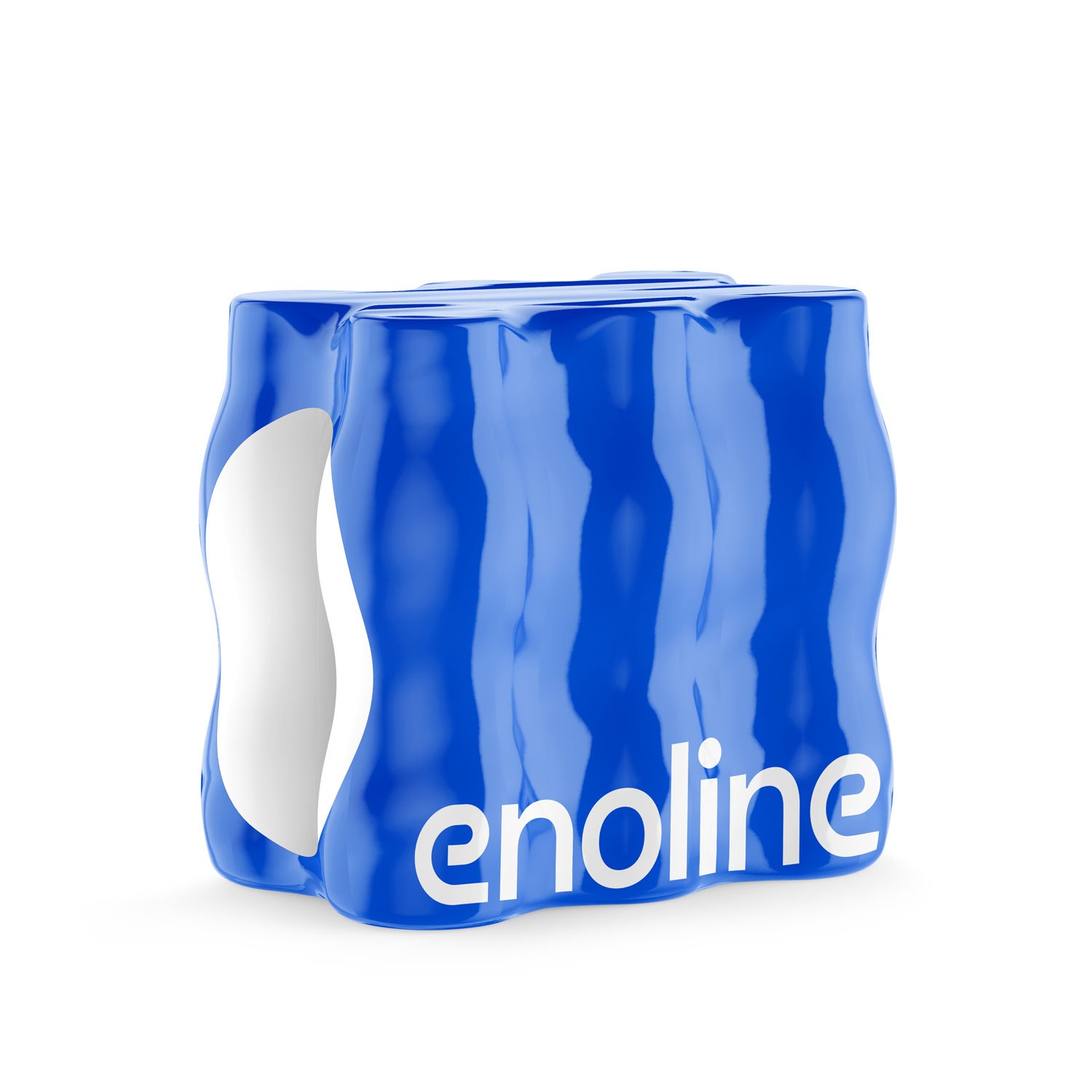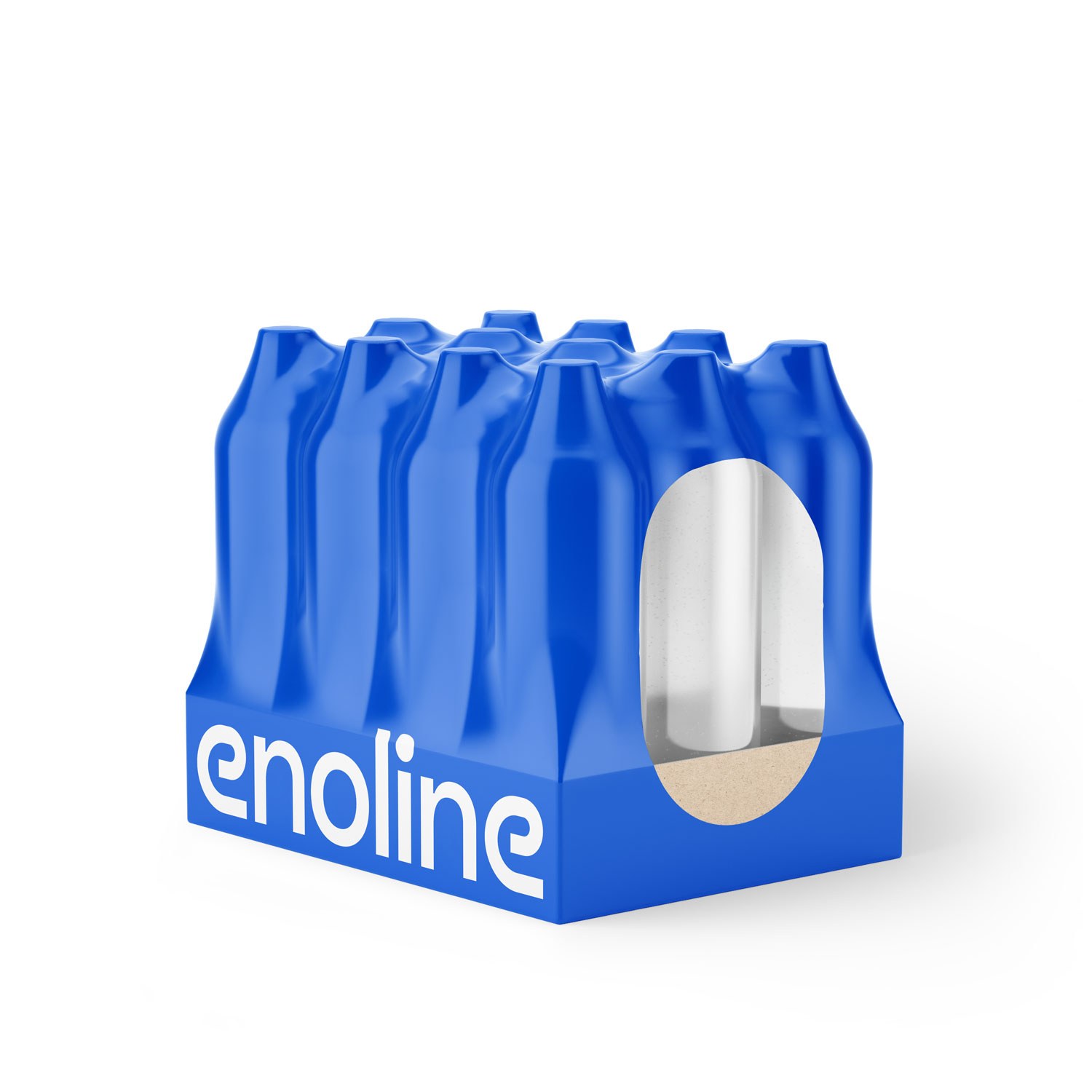April 25th
Food and Beverage Packaging Machines: Keeping Your Products Fresh and Safe

Are you in the food and beverage industry and looking for ways to enhance your product packaging and extend its shelf life? Look no further than food and beverage packaging machines! These machines provide automated and efficient packaging solutions that ensure your products are not only attractive and easy to handle but also remain fresh and safe for consumption.
We are here to help you chose the perfect packaging machine you need, contact us for a fast and free quote !
Introduction
Food and beverage packaging machines are a game-changer in the industry, thanks to their ability to perform various functions such as filling, sealing, capping, and labeling. These machines come in different types, depending on the packaging material and the product to be packed. They can be used for a wide range of products, from dry goods such as cereals and snacks to liquids such as juices and sauces.
Below are some of the benefits of using food and beverage packaging machines:
1. Increased productivity and efficiency
2. Reduced labor costs and improved safety
3. Improved product quality and hygiene
4. Extended shelf life and reduced food waste
5. Enhanced branding and marketing
Types of Food and Beverage Packaging Machines
There are various types of food and beverage packaging machines available in the market today, each designed to suit different packaging needs. Here are some of the most popular types:
1. Filling Machines
Filling machines are used to measure and dispense the product into the packaging container. These machines can handle both liquid and dry products, and they come in different types such as volumetric, gravimetric, and piston filling machines.
2. Sealing Machines
Sealing machines are used to create airtight seals on packaging containers, preventing contamination and extending the shelf life of the product. These machines can handle different types of packaging materials such as plastic, glass, and metal.
3. Capping Machines
Capping machines are used to secure caps on packaging containers such as bottles and jars. These machines come in different types such as screw, snap-on, and press-on capping machines.
4. Labeling Machines
Labeling machines are used to apply product labels on the packaging containers, providing vital information such as product ingredients, nutrition facts, and expiry date. These machines can handle different label types such as self-adhesive, pressure-sensitive, and shrink-sleeve labels.
How Do Food and Beverage Packaging Machines Work?
Food and beverage packaging machines use a combination of mechanical, electrical, and pneumatic components to perform their functions. The process starts with the product being fed into the machine's hopper or conveyor, where it is measured and dispensed into the packaging container. The container is then moved along the conveyor to the sealing or capping station, where it is sealed and capped. Finally, the labeled container is moved along the conveyor to the end of the line, where it is either packed into boxes or directly shipped to customers.
FAQs
1. Can food and beverage packaging machines handle different types of packaging materials?
Yes, food and beverage packaging machines can handle different types of packaging materials such as plastic, glass, and metal. The machine's design and specifications determine the type of packaging material it can handle.
2. Are food and beverage packaging machines easy to operate?
Yes, food and beverage packaging machines are designed to be user-friendly and easy to operate. Most machines come with a manual or automated control system that enables operators to adjust settings such as filling volume, sealing pressure, and labeling position.
3. Can food and beverage packaging machines be customized to suit specific packaging needs?
Yes, food and beverage packaging machines can be customized to suit specific packaging needs such as product type, packaging material, and packaging size. Customization may involve modifying the machine's design, components, or software.
4. How do food and beverage packaging machines ensure product safety and quality?
Food and beverage packaging machines ensure product safety and quality by creating an airtight seal on the packaging container, preventing contamination from external factors such as air, moisture, and bacteria. Additionally, some machines come equipped with features such as vacuum sealing and gas flushing, which remove oxygen from the package and replace it with inert gas to further preserve the product.
5. What are the maintenance requirements for food and beverage packaging machines?
Food and beverage packaging machines require regular maintenance to ensure optimal performance and prevent breakdowns. Maintenance tasks may include cleaning, lubrication, and replacement of worn or damaged parts. Manufacturers typically provide maintenance schedules and guidelines in the machine's user manual.
6. What are the cost implications of investing in food and beverage packaging machines?
The cost of food and beverage packaging machines varies depending on factors such as machine type, production capacity, and customization. However, investing in these machines can result in significant cost savings in the long run, such as reduced labor costs, extended product shelf life, and decreased food waste.
Conclusion
In conclusion, food and beverage packaging machines are a valuable investment for businesses in the food and beverage industry. These machines provide automated and efficient packaging solutions that enhance product quality and safety, reduce labor costs, and extend shelf life. By choosing the right machine for your packaging needs and adhering to maintenance guidelines, you can ensure that your products are packaged attractively, handled easily, and stay fresh and safe for consumption.
Let us find the best solution for your business !


